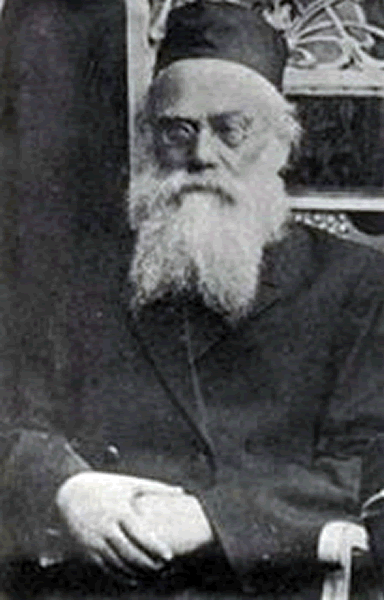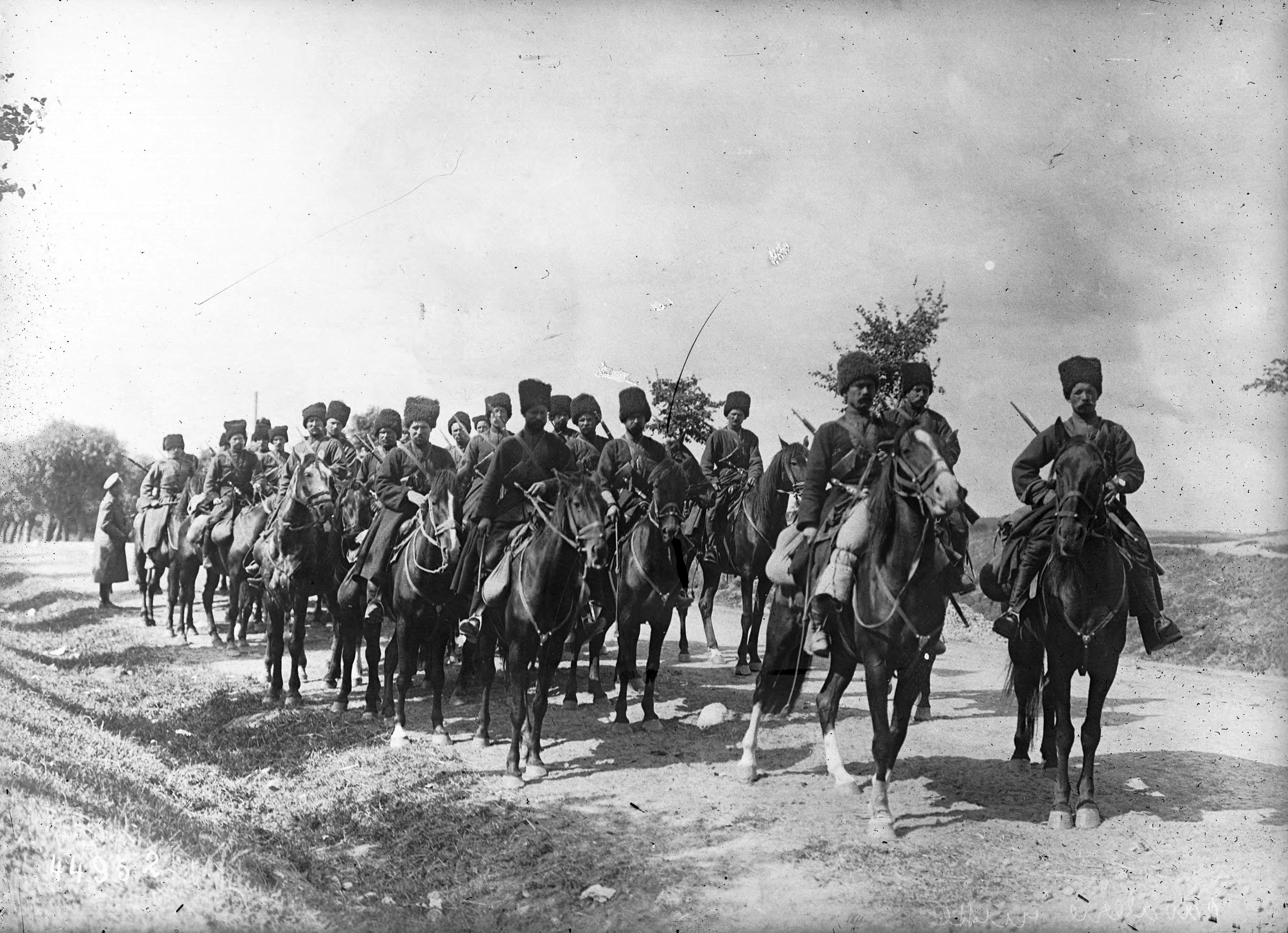 |
| The Main Street of Bransk, 1907 source: The Kresy Siberia Virtual Museum |
World War One in Northern Poland was similar to the war in
Galicia in several ways. In
the first month of the war, August 1914, Austrian ruled Galicia was invaded by
Russia, and quick military victories led to two-year occupation. The Russians were eager to claim lands
that they considered part of Russia, and worked hard to “Russify” the people
they conquered. Click here to read about the Russian Occupation in Galicia
Northern Poland also was occupied by a foreign power, Germany. Victories in the Battles of Tannenberg and the Masurian Lakes, in August 1914, enabled the Germans to occupy Northern Poland, which had been ruled by Russia for almost 200 years. During the almost three year occupation, the Germans were interested in using the people for their own economic gain.
Bransk is in northern Poland, located about 150 km northeast
of Warsaw. When World War One began, it was ruled by Russia. It is southeast of
Szczuczyn, the home of my husband’s ancestors. At the beginning of World War
One, The population of Bransk was about 4300, 51% Jewish.
When World War One began in August 1914, the first event
that involved the people of Bransk was mobilization notices that came from the
Russian authorities. Next, the
Russian army came through on their way to invade German ruled Prussia. Mixes with the regular Russian Army
soldiers, were Cossacks on horseback and Jewish soldiers, easily identified by
their beards. The Bransk Jewish
community set up a Kosher kitchen to meet the dietary needs of the Jewish
soldiers. The Russians also warned
the Jews against “betraying them to the Germans.” In Bransk, on the subject of which side to support, the Jews were divided, some supported the
Russians, others the Germans.
 |
| Rabbi Szkop |
The German army quickly defeated the Russians, and took over
the Russian ruled areas of Poland. Russian Cossack soldiers planned to burn Bransk as they retreated. Rabbi
Szkop, an important Jewish leader in the town, collected money to give to the
Cossacks, so they would leave the village unharmed. He even bribed their leader by giving him his gold watch.
In September 1915, Bransk was taken over by the Germans, who
occupied the town for over three years.
Their occupation was hard on the people and many were forced to work for
the Germans as laborers. People
who couldn’t work up to German expectations were beaten. The Germans appointed “communal
representatives” who helped them to chose people for forced labor. The poorest people were chosen first,
then men and finally women.
 |
| Polish civilians fleeing the Advancing German Army in Russian Poland. Source: Imperial War Museum |
The Germans requisitioned bread and food supplies from the
merchants, and then sold the bread back to the villagers, many of them were
sickened by it. Disease came to
the town in the form of scarlet fever and typhoid. Many people hid their illness from the Germans, since there
were rumors that when the Germans hospitalized people, they were poisoned. Food shortages led to smuggling, and
protests and the belief that the richest people received favorable treatment
from the Germans.
In 1917, The Russian Revolution and the chaos that came with
it, forced the Russians give up their war effort. As a result, the Germans
relaxed their rule in Poland. The
forced labor stopped, political parties returned and books reappeared. On November 11, 1918, World War ended with an
armistice. The Germans packed up
and left an impoverished Bransk.
Source: Hoffman, Eva, Shtetl, The Life and Death of A Small Town and The World of Polish Jews.
Houghton Mifflin, New York, 1997


No comments:
Post a Comment